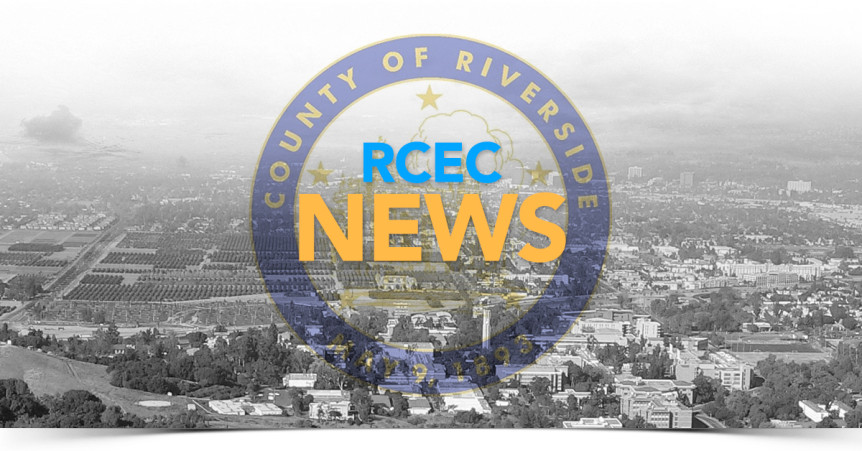Courtesy of edsource.org | John Fensterwald
With $10 million in funding, an ambitious timeline and a champion in Gov. Gavin Newsom behind it, the Legislature this week passed legislation for a statewide education data system that will follow children from infancy through the workplace.
The marching order for what Newsom is calling a Cradle to Career Data System is included in a lengthy bill elaborating on the 2019-20 state budget for education. It lays out steps over the next 18 months that will determine what the system will look like, how it will be governed, who will have access to data and how privacy and security will be handled.
As of 2016, California was one of only eight states that either didn’t have or wasn’t building a “longitudinal” data system.
With votes of 31-7 in the Senate and 62-14 in the Assembly, Senate Bill 75 is headed to Newsom for his signature.
California’s community colleges, the University of California, California State University and K-12, through a system known as CALPADS, already have comprehensive, though separate, data operations. But only by linking the systems, tracking students’ student outcomes as they move through school, will legislators, educators, researchers and the public begin to answer fundamental policy questions, such as:
- Are early education investments paying off long-term as students progress through education systems and the workforce?
- Are community college reforms increasing completion rates at CSU and UC?
- How prepared are high school students to succeed in college?
- Which career-technical education programs in high school lead to more college degrees, workplace certifications and higher pay?
- What are the long-term effects of access to state financial aid?
Legislators, college and school administrators and boards of trustees can use answers to these and other questions to implement effective education policies and set funding priorities. Parents can use information to choose programs and schools for their children.
Advocates are praising the commitment.
“I’m encouraged we are moving forward and proceeding through the workgroup in a thoughtful and deliberate way,” said Hans Johnson, a senior fellow at the Public Policy Institute of California and director of its Higher Education Center. He is also a member of EdSource’s board of directors.
“This is long overdue. Finally, California, the center of the tech world, has a government that is catching up to the 21st century,” said Arun Ramanathan, CEO of Pivot Learning Partners, a nonprofit that works with districts on school improvement.
Work will begin within weeks under aggressive deadlines laid out in Assembly Bill 75.
By July 15, the State Board of Education, the University of California, California State University and community college systems, the California Student Aid Commission, state workforce and health and human service agencies will name representatives to a workgroup headed by the Governor’s Office of State Planning and Research.
The workgroup will seek the perspectives of parents, students, labor unions, social justice organizations, business interests, researchers and privacy experts. Engaging with educators, parents and the public and with California’s “best ed tech innovators” is essential, Ramanathan said, “to design a data system that educators can actually use to improve teaching and learning.”
By July 2020, the workgroup will report back on what the structure of the data system will look like, who’ll manage it and what information it will provide.
By the fall of 2020, just over a year away, community colleges, CSU and UC will begin using a common, statewide student identifier for data about their students and applicants for enrollment.
By Jan. 1, 2021, the Office of State Planning and Research will make recommendations to the Legislature and the state Department of Finance on the next level of critical issues, such as: How will access to data be controlled and authorized? What additional data should be collected? How will the system be expanded to incorporate child care, early education, workforce, financial aid, and health and human services data? How much will it cost to manage and operate the system?
In building out the system, the legislation says linking K-12 and higher education should be the top priority. Phase 2 would involve integrating workforce data, followed by data from early education and preschool and then finally health and human services and other data partners, such as private colleges and universities.
To show the system can be sustained, Johnson said, it will be important to get “big wins” early — to answer basic questions that have frustrated education leaders and the public. Those questions include how many low-income students statewide, by race and ethnicity, qualified for admission to the University of California but never applied?
California, in some respects, is well ahead of states that started their systems from scratch, Johnson said. Over the years, school districts, community colleges and universities have established their own regional data alliances through the nonprofit California Partnership for Achieving Student Success. Cal-PASS Plus is a voluntary cooperative involving all of California’s community colleges, most universities and two-thirds of the state’s school districts that shares data to shape curricula and policies.
These partnerships have shown that linkages can be made. The biggest challenges, Johnson said, “will be matters of trust and political will, not technology.”

